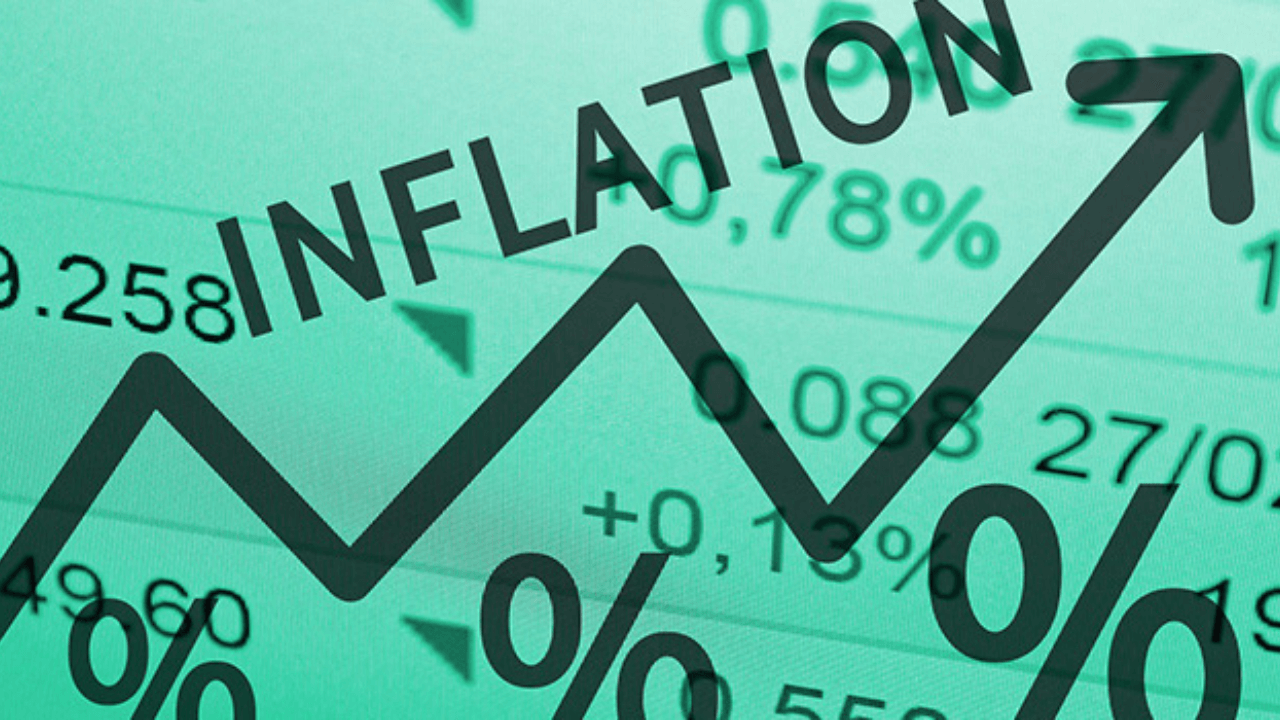India’s retail inflation reached a 15-month high in July, primarily driven by elevated prices of vegetables and other food products. The official data, released by the National Statistical Office (NSO), indicates that the consumer price index for retail inflation stood at 7.44% in July this year. This marks a significant increase from the previous month’s figure of 4.87% and the 6.71% recorded in July of the previous year.
Food Prices Go Up
- Inflation in the consumer food price index saw a notable increase, reaching 11.51% in July, while inflation within the food and beverages category surged to 10.57%.
- Vegetable prices experienced a significant jump in inflation, rising to 37.34% last month from a previous deflation of -0.93% in June.
- Other components of the food basket also witnessed inflationary pressures. Food and beverage inflation rose to 10.57%, up from 4.63% in the previous month. Cereal prices recorded an inflation rate of 13.04%, compared to 12.71% in June.
- For fuel and light, inflation stood at 3.67% in July. In terms of geographical breakdown, rural inflation reached 7.63%, a rise from 4.72% in June, while urban inflation stood at 7.2%, an increase from 4.96% in June.
- A Reuters poll of 53 economists had predicted that headline inflation would rise to around 6.40% on an annual basis due to the upward trajectory of food prices.
RBI Expects Retail Inflation Rates to Rise
- The release of this data follows closely after a recent meeting of the Reserve Bank of India’s Monetary Policy Committee, which indicated that inflation is likely to remain elevated in August.
- The RBI acknowledged, “While the rapid increase in vegetable prices might subside soon, potential El Nino weather patterns and global food price trends must be closely monitored, especially in light of the uneven Southwest Monsoon.”
- In its monetary policy review for August, the RBI opted to maintain the policy rates at 6.50%, but it revised its projection for Consumer Price Index (CPI) inflation for the fiscal year 2023-24 to 5.4% from the earlier estimate of 5.1%.
What is Inflation?
Inflation refers to the increase in the general price level of goods and services in an economy over time, resulting in a decrease in the purchasing power of money.
What is Retail Inflation?
Retail inflation, also known as consumer price index (CPI) inflation, measures the average change in prices of a basket of goods and services consumed by households. It is calculated by comparing the prices of the basket of goods and services in a given period with the prices of the same basket in a base period.
What is Consumer Price Index (CPI)?
- Consumer Price Index (CPI) is a measure of the average change in prices of a basket of goods and services consumed by households.
- It is a widely used economic indicator that helps measure retail inflation and is often used as a gauge of changes in the cost of living.
- The CPI is calculated by taking the price of a representative sample of goods and services that are commonly consumed by households, such as food, housing, transportation, medical care, and recreation, among others.
- The prices of these items are collected from various retail outlets and service providers across different regions in the country.
- The CPI is measured separately for rural and urban areas of the country.
- The CPI is calculated and published by the National Statistical Office (NSO) under the Ministry of Statistics and Programme Implementation (MoSPI), on a monthly basis.
- The index is based on a fixed basket of goods and services that is updated every few years to reflect changes in consumption patterns.
- The base year for the current CPI series in India is 2012, with a base index value of 100.
- The CPI is an important tool for policymakers, as it helps them to assess the impact of changes in monetary and fiscal policy on inflation and the cost of living.
- For example, if the CPI shows a rise in inflation, the central bank may increase interest rates to curb spending and reduce inflationary pressures.
- Similarly, the government may take measures such as adjusting tax rates or subsidies to contain inflationary pressures.
- Weekly Current Affairs 2025 PDF For Bank, SSC, UPSC Exams
- Unsung Heroes of India: 10 Unknown Freedom Fighters You Should Know
- 26 December Current Affairs 2023 in English
- Daily Current Affairs 2025, Check Today’s Current Affairs
- April Month Current Affairs 2024, Download PDF
- June Month Current Affairs 2024, Download PDF

Hello, I’m Aditi, the creative mind behind the words at Oliveboard. As a content writer specializing in state-level exams, my mission is to unravel the complexities of exam information, ensuring aspiring candidates find clarity and confidence. Having walked the path of an aspirant myself, I bring a unique perspective to my work, crafting accessible content on Exam Notifications, Admit Cards, and Results.
At Oliveboard, I play a crucial role in empowering candidates throughout their exam journey. My dedication lies in making the seemingly daunting process not only understandable but also rewarding. Join me as I break down barriers in exam preparation, providing timely insights and valuable resources. Let’s navigate the path to success together, one well-informed step at a time.






